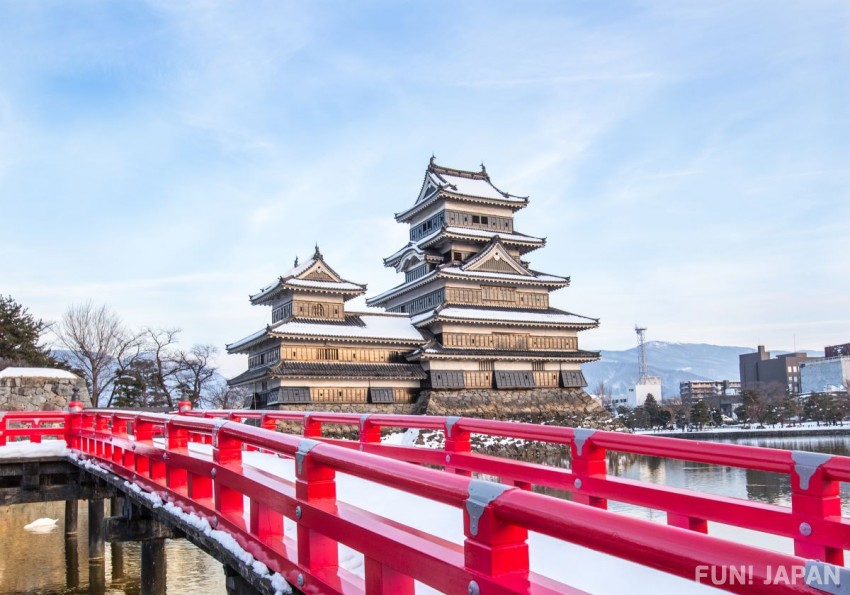
There is a total of 47 prefectures in Japan.
Just as the townscapes, activities, and gourmet foods differ from region to region, the characteristics of the local people also vary. In this series, we will delve into the local circumstances of each prefecture by introducing attractions and the local people's tidbits.
This time, we will focus on Nagano Prefecture, which is located almost inland in the central part of Honshu, the main island of Japan. Let's learn together about the prefecture which is famous for Zenkoji Temple, the national treasure Matsumoto Castle, snow monkeys at Jigokudani Monkey Park in winter, and ski tourism in Hakuba Village!
Nagano Prefecture is a healthy prefecture full of vegetable lovers! The production volume of vegetables and fruits is the largest in Japan and there are many local specialties!
Nagano Prefecture, located in the Chubu region, is actually a prefecture that once had the longest average life expectancy in Japan. In the average life expectancy ranking by prefecture published once every five years, both men and women of Nagano ranked first in 2010 Women ranked first in Japan again in 2015, and men also ranked second nationwide since 2015. In the 2022 ranking, unsurispringly, men ranked 2nd (82.68 years old) and women ranked 4th (88.23 years old), thus still holding the high ranks among the 47 prefectures.

The secret to a long life expectancy is healthy diet. As evidence of this, Nagano Prefecture ranked first in the ranking of “average daily vegetable intake” conducted by Kagome (a Japanese manufacturer and distributor of foods) in 2018. Even among the many Nagano's specialties, vegetables and fruits such as soba, nozawana, oyaki (*1), apples, and fresh wasabi stand out.
Nagano is also the largest producer of many items in Japan. Nagano's shipment volume of lettuce, processed tomatoes, enoki mushrooms, shimeji mushrooms, and other vegetables and mushrooms, as well as agar, miso, carnations, and lisianthus is also the largest in Japan for each item.
With so many delicious vegetables and foods, and the fact that people of Nagano love eating vegetables and fruits, it is convincingly clear why Nagano is one of the leading longevity prefectures in Japan.
*1: おやき / oyaki - a food similar to baked manju made by dissolving wheat flour, buckwheat flour, etc. in water and kneaded, and then wrapped as a thin skin over adzuki beans, seasoned vegetables and mountain vegetables
Nagano's people "take unfathomable pride of apples and the Northern Alps!
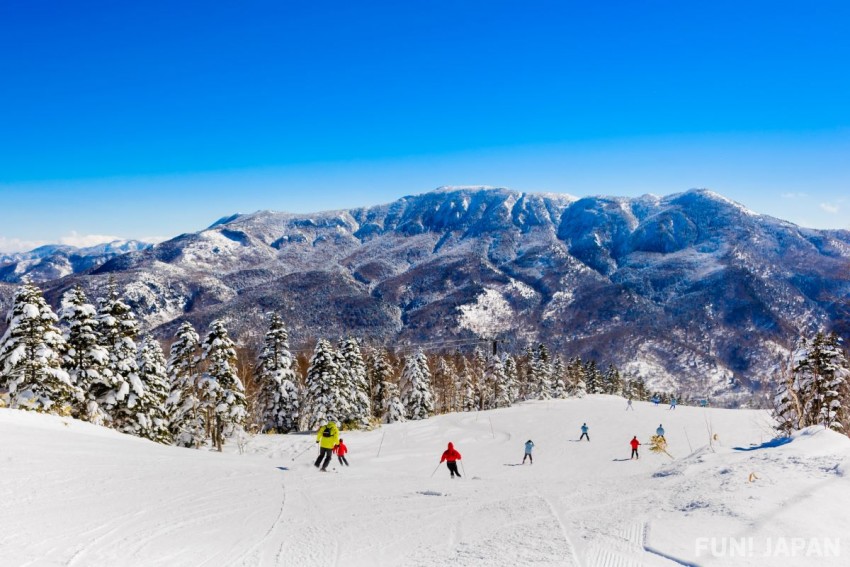
Nagano residents are known for their earnestness and strong bonding with their hometown. According to a survey conducted by the prefecture in 2015, about 80% of the residents answered that they could sing the prefectural song "Shinano no Kuni" (信濃の国)! In fact, it is often sung at karaoke and Kenjinkai (県人会 - meeting of prefectural citizens) gatherings in addition to classes in schools, and even CDs have been released. Furthermore, they do not eat apples from Aomori, and only eat those from Nagano - their hometown.
Nagano Prefecture is a mountainous yet inland prefecture located in the center of Honshu. About 80% of the prefecture's area is covered by mountain ranges, and there are many famous peaks such as Mt. Yatsugatake, Kamikochi, Mt. Ontake, and Mt. Yarigatake. Moreover, it is no surprise that local students go on 1-night-2-day mountain climbing trips since middle school ages. Perhaps because of this such genius education in the mountains from an early age, the citizens of the prefecture are said to be able to grasp the general direction and their own position by looking at the Northern Alps. . . As you can see, the people of Nagano love local food, local mountains and nature.
By the way, Nagano has been ranked 1st since 2006 in the yearly “Ranking of Prefectures Where People Want to Move to”. It is full of attractions such as rich nature, spectacular views of the four seasons, delicious water and plenty of local ingredients, no wonder why the locals are proud of the fact that it is highly rated by immigrants and tourists, both domestically and internationally.
Unique customs unique to Nagano's heavy snowfall area - people put sugar in barley tea! Vegetables have to be stored in the snow rather than in the refrigerator!?
Nagano Prefecture has long been known for ski tourism, with some of the country's most heavy snowfall areas. Here, we will introduce customs unique to such a snowy region and specialties that make use of snow!
Warm up your body with a slightly sweet and fragrant sugared barley tea

Barley tea is a caffeine-free drink that is popular in summer because of its barley aroma and refreshing taste. In general, it is often drunk straight, but in the Tohoku region or other regions with heavy snowfalls including Yamanashi, Toyama, Niigata, there is a custom to drink warmed barley tea with sugar. Nagano is no exception - many people drink hot barley tea with sugar in winter. The most important thing is the flavor, but if you add sugar, the aroma will be even more pronounced, giving it a tea-with-sugar-like taste. If you have the chance, be sure to try it!
Snow carrots made from heavy snowfall and winter vegetables are hidden local gems!
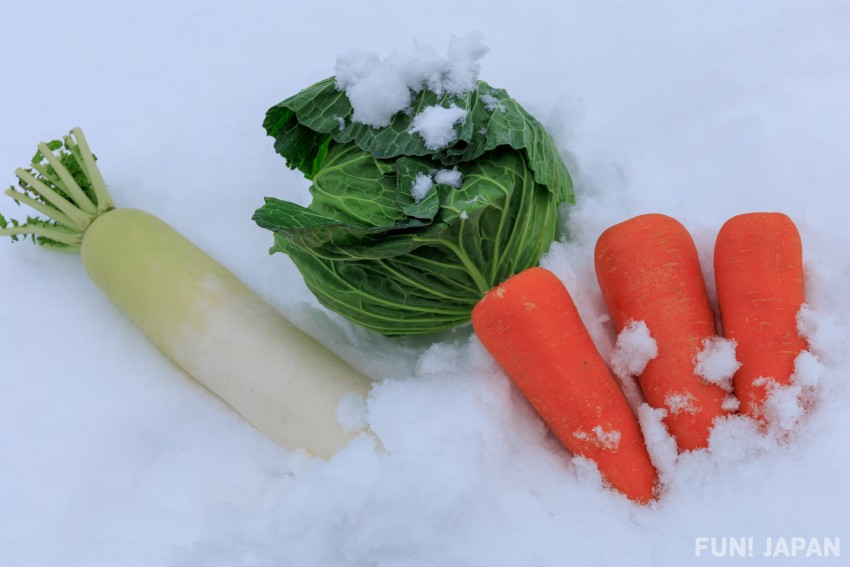
In Nagano, it is common to see so-called "Etto Yasai" (越冬野菜 - 'overwintering vegetables' , snow vegetables) labeled as "○○ under the snow" in the vegetable section of supermarkets.
Nagano Prefecture is dotted with areas of heavy snowfall, such as Hakuba and Nozawa Onsen, which are famous for ski tourism, as well as Iiyama City, which is famous for Kamakura no Sato (Kamakura Village). Thus, one of the methods of preserving vegetables in such areas has been to bury them in the snow since ancient times.
One of the most representative examples is snow carrots preserved using snow in the Iiyama region, which is a region of heavy snowfall. Instead of harvesting the carrots grown in autumn, they are buried under the snow, allowed to pass the winter without pesticides for about six months, then harvested after the snow has melted. Storing carrots in the snow eliminates the peculiar smell of carrots and makes them sweet and full of minerals. However, the amount of production is small, and it is a specialty product that is unique to Iiyama.
"Etto Yasai" vegetables are delicate and do not last long after being harvested, meaning you can usually only see them at local direct sales stores and supermarkets. If you have a chance to visit Nagano, please try it!
Other articles in this series:
- 【47 Prefecture's of Japan】Amazing & Unique Hokkaido!
- 【47 Prefecture's of Japan】The Slow-Paced & Characteristic Okinawa!
- 【47 Prefecture's of Japan】Extremely Cold & Hot in Kyoto?!
- 【47 Prefecture's of Japan】The Onomatopoeia-Loving & Takoyaki Eating Osaka!
- 【47 Prefecture's of Japan】The Deer-Filled Nara!
- 【47 Prefecture's of Japan】The Prefecture that Births Celebs, Fukuoka!
- 【47 Prefecture's of Japan】Saga is Simple, Honest and Methodical!
- 【47 Prefecture's of Japan】Kagoshima
- 【47 Prefecture's of Japan】Tokyo Disney Resort® and Narita Airport in Chiba!
- 【47 Prefecture's of Japan】The Stingy and Ostentatious Aichi Prefecture!
- 【47 Prefecture's of Japan】Tochigi Prefecture Eats Shark Dishes During New Year!
- 【47 Prefecture's of Japan】Hyogo Prefecture's Citizens give Kobe City an Envious Gaze
- 【47 Prefecture's of Japan】The Amazing Kumamoto!
- 【47 Prefecture's of Japan】The Amazing Nagasaki!
- 【47 Prefecture's of Japan】The Surprising Traits of People from Gunma Prefecture
- 【47 Prefecture's of Japan】Not "Dasaitama" but "Saitama"?!
- 【47 Prefecture's of Japan: Yamanashi edition】The prefecture whose citizens love sushi the most in Japan!?
- 【47 Prefecture's of Japan: Ishikawa edition】The prefecture with the highest number of beautiful-skinned women in Japan! And the reason is...?
- 【47 Prefecture's of Japan: Kanagawa edition】The number of Japanese who escape Tokyo and move to Kanagawa is increasing rapidly!
- 【47 Prefecture's of Japan: Tottori edition】Prefecture where delicious coffee and sand dune enthusiasts gather
- 【47 Prefecture's of Japan: Ibaraki edition】From a wide variety of cuisines to samurai spirit... The prefecture with unique characteristics!
- 【47 Prefecture's of Japan: Aomori edition】Aomori citizens are patient and love sweets! What are the prefectural characteristics created by one of the snowiest regions in Japan?

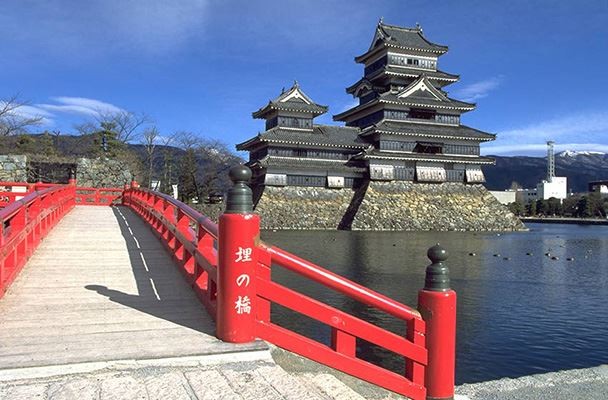
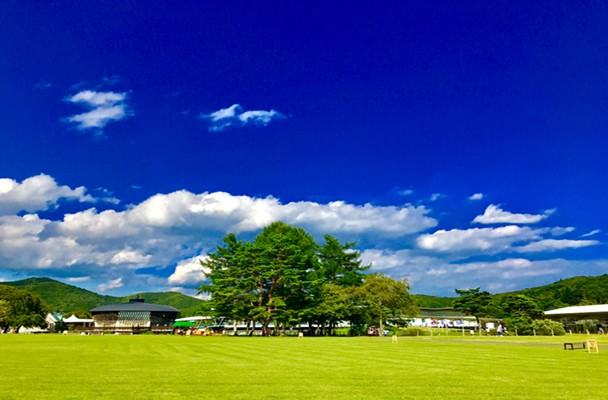
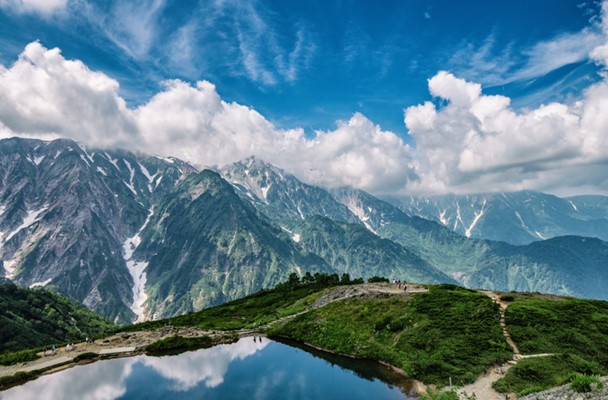
Comments